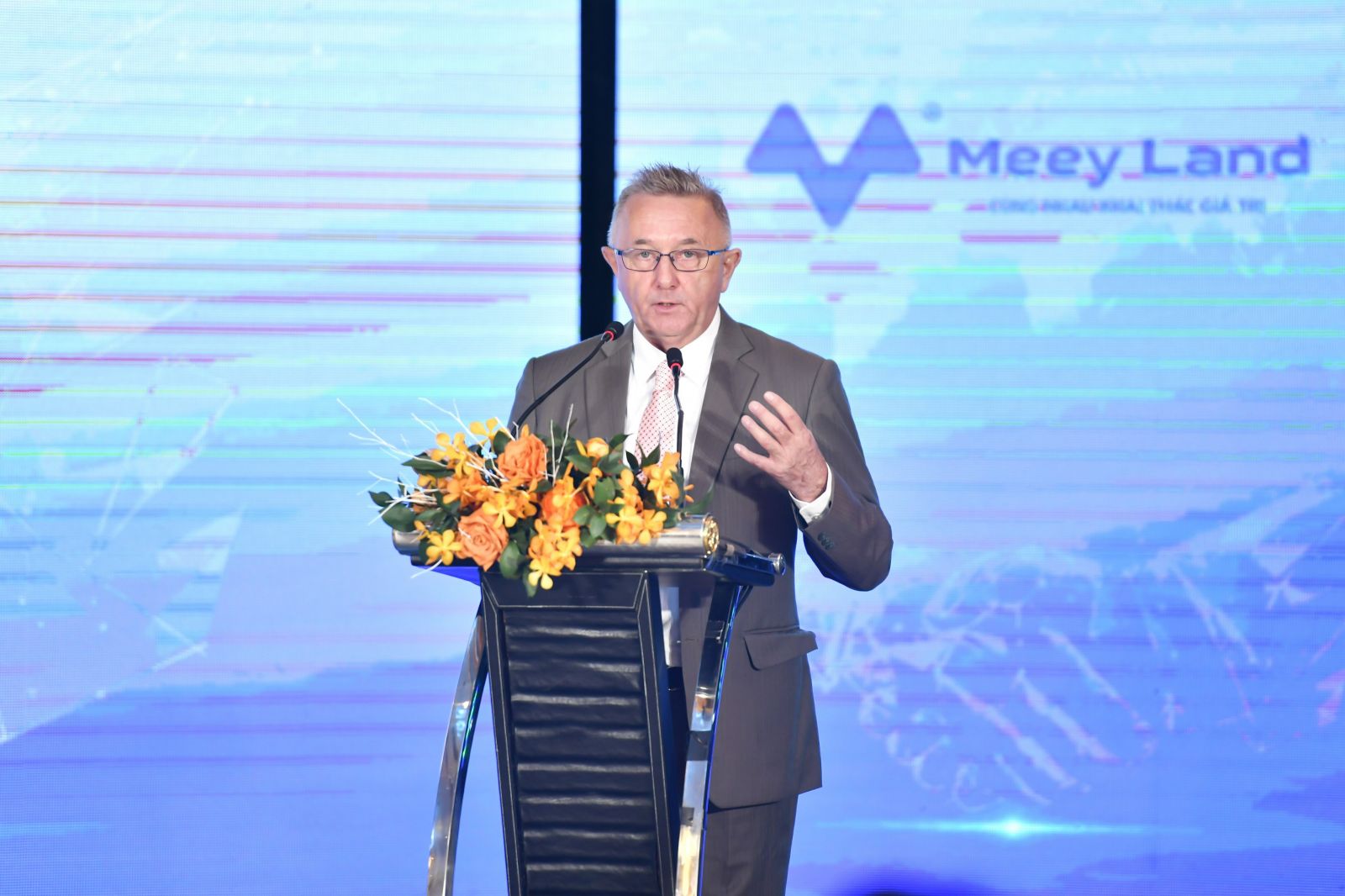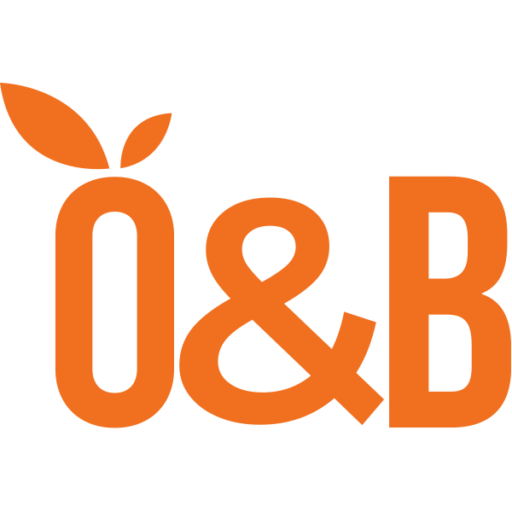Smart Infrastructure (IoT)
How we help clients

In ASEAN, electricity can consume over 20% of a typical P&L.
The solution? Transforming outdated infrastructure into a digital smart network.
By upgrading analog meters to an IoT-based system, we enable intelligent automation—reducing operational costs and providing real-time insights into asset networks and consumption.
ESG Metrics & Monitoring
IoT devices are revolutionizing the way businesses approach their Environmental, Social, and Governance (ESG) responsibilities. By providing precise and real-time data, these technologies enable companies to monitor and report on environmental impacts such as carbon emissions, energy usage, and waste management.
In the social realm, IoT supports initiatives like workplace safety, employee well-being, and community engagement.
For governance, IoT aids in regulatory compliance, risk management, and ethical business practices. This technology not only helps meet current regulatory standards and sustainability goals but also paves the way for a proactive, data-driven approach to corporate responsibility.
Smart Buildings
IoT technology in smart buildings goes beyond traditional automation, fundamentally changing how energy is consumed and managed.
By integrating sensors that control lighting, heating, ventilation, and air conditioning (HVAC), buildings become more energy-efficient, significantly reducing costs. This smart management not only enhances occupant comfort but also contributes to environmental sustainability.
IoT's predictive maintenance capabilities mean that building infrastructure issues can be addressed proactively, preventing costly downtime and extending equipment lifespans.
IoT enhances building security through advanced smart access systems, surveillance cameras, and motion detectors, ensuring a safer environment for occupants. These comprehensive benefits make IoT an indispensable tool in modern building management.
Smart offices
Intelligent Energy Management
IoT enables smart control of lighting and air conditioning. Occupancy sensors can automatically adjust these systems after hours, leading to significant energy savings. Centralized control rules for air conditioning, especially after office hours, contribute to cost efficiency without compromising comfort.
Optimizing Air Quality
Smart offices leverage IoT to ensure optimal air quality. CO2 monitoring sensors in conjunction with occupancy sensors intelligently adjust airflow, preventing issues like drowsiness in meetings due to high CO2 levels. This data-driven approach ensures effective air conditioning, enhancing worker comfort and productivity.
People Counting and Space Utilization
Anonymous people counting through ultrasonic and infrared sensors serves multiple purposes: optimizing room usage, managing office capacity, and aiding in emergency situations. This data assists in predictive space planning, helping businesses make informed decisions about expansion or restructuring.
Efficient Space Booking
For businesses with limited office space, occupancy sensors enhance seat reservation systems. Real-time data helps manage office capacity effectively, ensuring availability and aiding in long-term space planning based on usage patterns.
Security Integration
Linking with our MSOC offering, IoT in smart offices ensures security for critical areas like server rooms. Access controls, CCTV monitoring, and unusual activity detection maintain a secure office environment, with alerts for any security breaches.
Additional Applications
- Meeting room availability based on real-time occupancy data.
- Environmental monitoring for temperature and humidity, ensuring a conducive working environment.
- Integration with building management systems for overall operational efficiency.
Smart offices, powered by IoT, not only enhance employee well-being and productivity but also ensure security and cost efficiency, making them an essential component of modern business infrastructure.
smart cities
Traffic Management
- Optimized Traffic Flow: IoT devices manage traffic signals in real-time, reducing congestion and improving commute times.
- Smart Parking Solutions: IoT-enabled parking systems guide drivers to available spaces, reducing traffic caused by parking searches.
Public Safety
- Enhanced Surveillance: Integrated camera networks offer real-time monitoring, increasing safety and aiding law enforcement.
- Emergency Response Coordination: IoT streamlines emergency services' response, ensuring quick and effective action in critical situations.
Environmental Monitoring
- Air Quality Control: Sensors track pollution levels, aiding in environmental protection initiatives.
- Green Urban Spaces: IoT supports the maintenance of parks and public spaces, contributing to a healthier urban environment.
Waste Management
- Efficient Waste Collection: Smart sensors in waste containers signal when they are full, optimizing collection routes.
- Recycling Optimization: IoT aids in sorting and managing recycling processes, promoting sustainable practices.
Resource Allocation
- Energy Efficiency: Smart grids balance energy distribution, reducing waste and lowering costs.
- Water Management: IoT-enabled systems detect leaks and manage water resources effectively, conserving this vital resource.
education
Efficient Resource Management
- Energy and Utility Monitoring: Implement simple IoT systems to monitor and manage energy usage, optimizing costs for electricity and water.
- Low-Cost Environmental Sensors: Use affordable sensors to monitor air quality and temperature, ensuring a healthy learning environment without significant investment.
Asset Security and Maintenance
- Basic Asset Tracking: Employ cost-effective IoT solutions to track and manage educational resources, reducing loss or theft, and ensuring equipment availability.
- Preventive Maintenance Alerts: Use simple IoT sensors to monitor the condition of school facilities, enabling timely maintenance and preventing costly repairs.
These solutions offer practical and affordable ways for educational institutions to leverage IoT technology for improved efficiency and learning environments.
healthcare
Advanced Patient Care
- Real-Time Health Monitoring: Utilize IoT devices for continuous monitoring of patient vitals, allowing for prompt medical responses.
- Telemedicine: Facilitate remote consultations and diagnostics, especially beneficial for rural or remote areas.
Operational Efficiency
- Asset Tracking and Management: Implement IoT for efficient tracking and usage of medical equipment, reducing costs and increasing availability.
- Smart Inventory Management: Automate inventory tracking for medical supplies, ensuring timely restocking and reducing waste.
Security and Safety
- Access Control in Sensitive Areas: Use IoT to monitor and control access to critical zones like operation theatres and intensive care units.
- Patient Safety Monitoring: Employ wearables and sensors to ensure patient safety, especially for vulnerable groups like the elderly or those with chronic conditions.
Building Smart Healthcare Facilities
- Energy Management: Implement smart systems for energy and water conservation, crucial for new hospitals in smart cities.
- Environmental Monitoring: Monitor air quality and cleanliness in hospital environments, ensuring health standards are met.
smart agriculture
Precision Farming and Resource Management
- Sensor-Based Monitoring: Utilize a wide range of IoT sensors including soil, humidity, moisture, light, air temperature, CO2, and solar energy sensors. These sensors provide critical data on field conditions, allowing for precise farming practices and resource allocation.
- Demand-Based Irrigation and Fertilization: Implement IoT systems for demand-based irrigation and fertilizing, ensuring optimal resource usage and reduced waste.
Agricultural Vehicles and Automation
- Smart Agriculture Vehicles: Employ IoT-equipped vehicles like connected tractors and combines, which offer precision farming capabilities and increased efficiency. These vehicles, equipped with sensors and computer vision, enhance traditional farming practices through automation and data-driven decision-making.
Sustainable Farming Systems
- Smart Greenhouses and Hydroponics: Use IoT for smart greenhouses and hydroponic systems, facilitating the growth of crops in controlled environments. This technology is particularly effective in urban areas or places with limited agricultural land.
- Cleaner and Organic Farming: Leverage IoT for a cleaner farming process, reducing the use of pesticides and fertilizers. Precision farming techniques help in making farming greener and producing a more organic final product.
Data Analytics and Predictive Modeling
- Advanced Data Analytics and Visualization: Implement systems for data analytics and visualization, providing farmers with insights and performance metrics of their fields and crops.
- Predictive Modeling for Crop Management: Utilize predictive modeling to anticipate crop growth patterns, weather impact, and optimal harvesting times, enhancing overall crop yields and quality.
Enhanced Security and Monitoring
- Vision-Based Security Systems: Implement vision-based and other monitoring systems for enhanced farm security, protecting against unauthorized access and safeguarding valuable equipment.
Industrial & manufacturing
In addition to enabling real-time machinery monitoring and supply chain transparency, IoT plays a crucial role in managing service consumption like electricity and water in industrial parks. For private equity firms and large groups that own multiple facilities, IoT-based metering systems provide accurate, real-time data for billing and resource management. This not only ensures efficient service delivery to on-site locators but also helps in optimizing resource usage and reducing operational costs. Predictive maintenance, powered by IoT, further prevents downtime, enhancing overall productivity and security in these managed environments.
